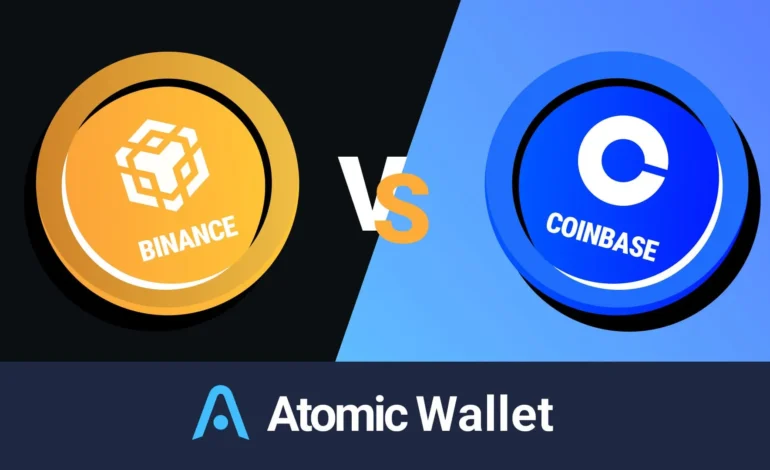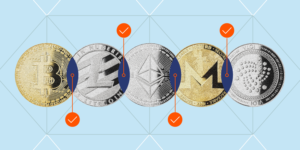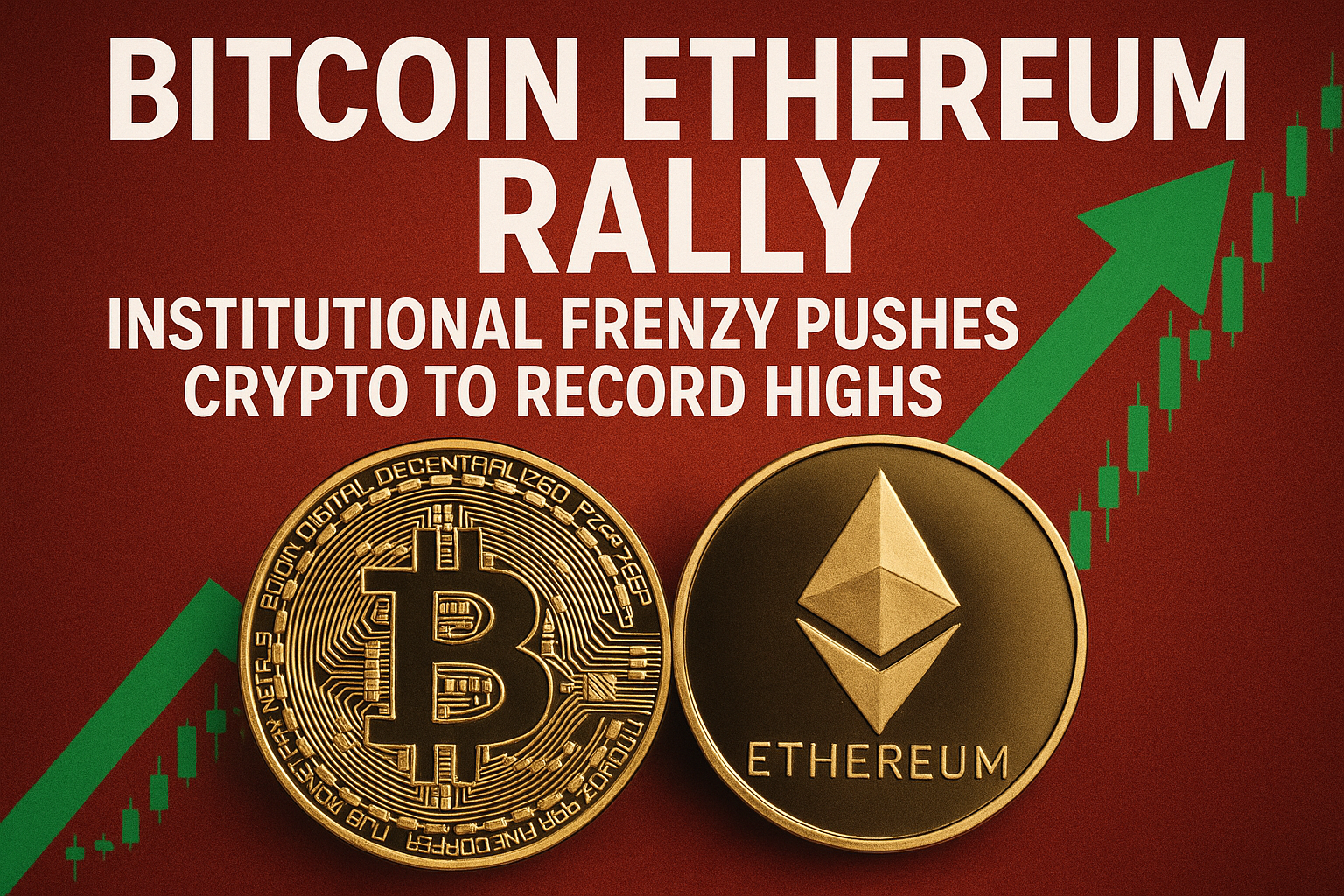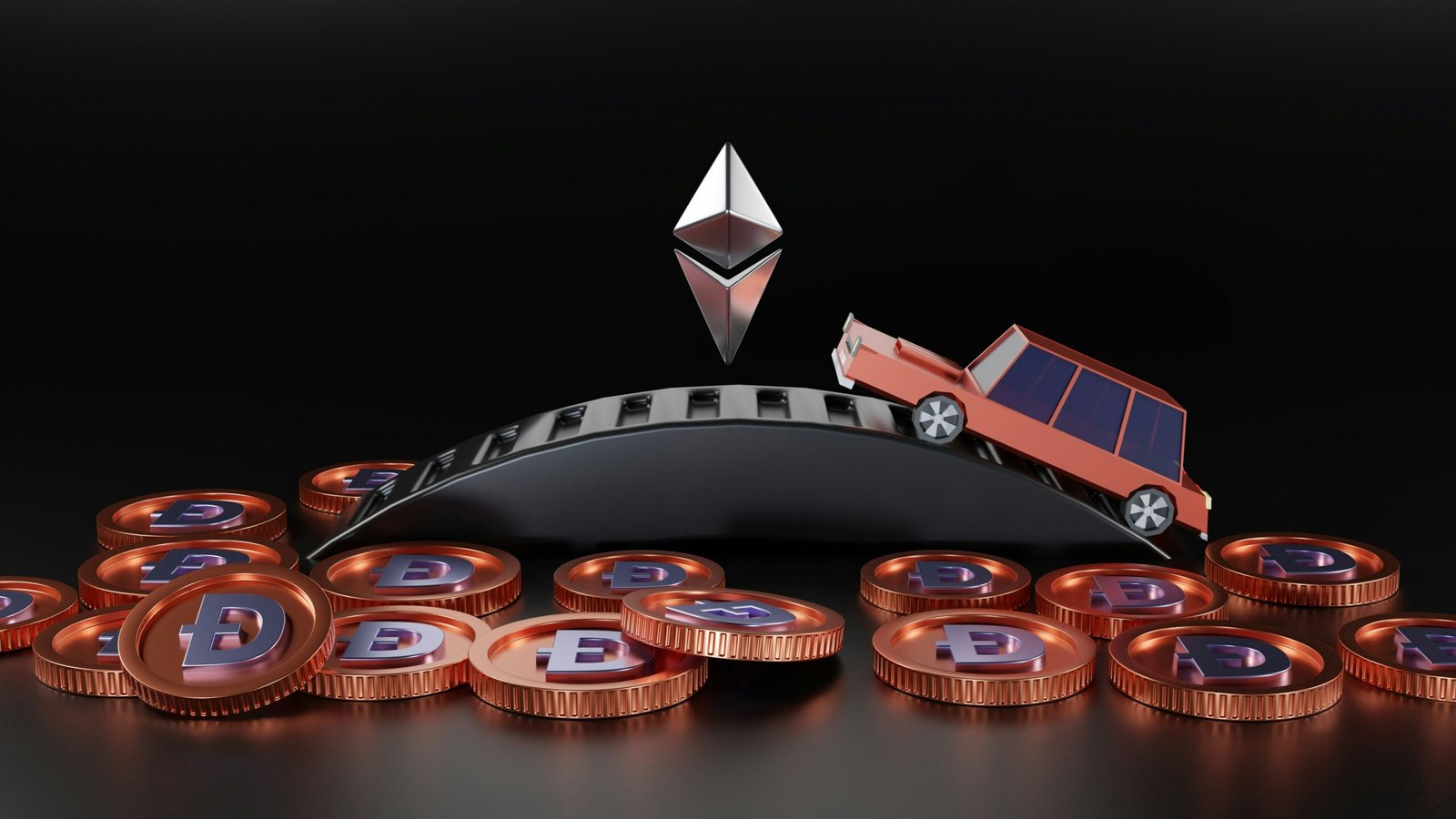Binance vs Other Crypto Exchanges: A Comprehensive Comparison

Introduction to Cryptocurrency Exchanges
Cryptocurrency exchanges are pivotal platforms within the digital asset ecosystem, serving as intermediaries that facilitate the buying, selling, and trading of various cryptocurrencies. The primary function of these exchanges is to provide users with a marketplace to exchange their digital assets for fiat currency or other cryptocurrencies. As cryptocurrencies have gained significant traction, the role of exchanges has become increasingly vital, impacting the liquidity and accessibility of these assets.
There are two main types of cryptocurrency exchanges: centralized and decentralized platforms. Centralized exchanges, such as Binance and Coinbase, operate under a centralized authority that manages the trades and user accounts. These platforms typically offer higher liquidity, allow for faster trading, and provide a more user-friendly experience, which attracts both novice and experienced investors. On the other hand, decentralized exchanges prioritize user autonomy by allowing peer-to-peer trades without the need for a central authority. This method enhances privacy but may come with lower liquidity and slower transaction speeds.

As the market for digital currencies expands, several key players have emerged, with Binance recognized as one of the leading cryptocurrency exchanges globally. Binance not only offers a wide selection of cryptocurrencies for trading but also provides various features such as advanced trading tools, staking options, and educational resources. This versatility makes it a formidable competitor in the landscape of best crypto exchanges. Other noteworthy platforms like Coinbase also carve their niche, focusing on user-friendliness and compliance with regulations.
Understanding the landscape of cryptocurrency exchanges is essential for anyone looking to engage in crypto trading. The comparison of Binance to other exchanges, including Coinbase, highlights the dynamic nature of the market, presenting different advantages based on user needs, trading volume, and asset availability.
Binance Overview: Features and Benefits
Binance stands as one of the most prominent cryptocurrency exchanges, renowned for its vast array of features and benefits that make it an attractive choice for both novice and seasoned traders. A user-friendly interface is essential in the realm of cryptocurrency trading, and Binance excels in this area, offering an intuitive and streamlined platform. Whether accessed via desktop or its mobile application, users experience seamless navigation and a comprehensive view of the market.
In terms of trading options, Binance offers an extensive selection, accommodating various trading styles. Users can engage in spot trading, futures, and margin trading, thereby diversifying their trading strategies. This flexibility allows traders to capitalize on market opportunities regardless of their experience level. Notably, Binance also supports a vast range of cryptocurrencies, enabling users to explore different digital assets beyond Bitcoin and Ethereum.

The fees and pricing structure on Binance are competitive compared to other exchanges. The platform employs a tiered fee system based on trading volume, rewarding high-volume traders with lower fees. Additionally, users can benefit from trading fee discounts by utilizing BNB, Binance’s native token. This economic advantage positions Binance favorably in the ongoing debates about the best crypto exchanges available.
Security is a pivotal factor for any cryptocurrency exchange, and Binance takes this responsibility seriously. The platform utilizes industry-leading security measures, including two-factor authentication (2FA), withdrawal whitelist, and cold storage of funds, which collectively contribute to enhanced user safety. Furthermore, Binance’s liquidity is among the highest in the market, facilitating quicker transactions and improved trading conditions.
Unique features that set Binance apart include advanced trading tools, staking options, and robust customer support services, which are important for enhancing the overall trading experience. As the crypto landscape continues to evolve, Binance remains a key player, demonstrating why it stands out in comparisons like Binance vs Coinbase and other crypto exchanges.
Comparative Analysis of Binance and Competitors
Binance, launched in 2017, has quickly risen to prominence as one of the leading cryptocurrency exchanges globally. However, it competes vigorously with other platforms such as Coinbase, Kraken, and Bitfinex. Each exchange brings unique strengths and weaknesses that may appeal to different types of users.
When looking at user experience, Binance offers an advanced trading interface, which can be beneficial for seasoned traders but may pose difficulties for beginners. In contrast, Coinbase is often lauded for its user-friendly platform, making it one of the best crypto exchanges for newcomers. Kraken provides a balanced experience, offering advanced features while ensuring accessibility for less experienced traders.
Regarding transaction fees, Binance is known for its competitive pricing, often charging lower fees than its rivals. For instance, while Coinbase applies a percentage-based fee for trades, Binance frequently updates its fee structure to ensure cost-effectiveness, which can be advantageous for high-frequency traders. Bitfinex, although similarly sophisticated, tends to have higher fees that can deter some users.
Security is also a paramount consideration. Binance employs robust security measures including two-factor authentication (2FA) and cold storage for a majority of its assets. However, its reputation was somewhat marred by a significant hack in 2019. Coinbase typically emphasizes security and regulatory compliance, which can provide users with peace of mind. Meanwhile, Kraken also has a solid reputation in terms of security features, making them a trusted choice among traders.
In terms of supported currencies and trading options, Binance stands out with a large selection of cryptocurrencies and pairs. Coinbase has a more limited variety but offers enough options for beginners. Kraken and Bitfinex also support a significant number of digital assets, making them viable alternatives for seasoned investors.
Customer service is another critical differentiator. Binance has faced criticism for response times, particularly during periods of high demand. Conversely, Coinbase prides itself on its customer support framework, while Kraken is known for its responsive service and comprehensive support resources.
This comparative analysis of Binance and its competitors underscores that each platform serves distinct user needs within the cryptocurrency trading ecosystem. Understanding these differences will enable potential users to make informed choices based on their specific trading preferences and priorities.
Conclusion and Recommendations
Throughout this comprehensive comparison of Binance and other crypto exchanges, key factors such as trading fees, user interface, security features, and the range of available cryptocurrencies have been scrutinized. Binance consistently emerges as a leading platform in multiple aspects. Its low trading fees, vast selection of cryptocurrencies, and various trading tools position it favorably against competitors like Coinbase and others in the realm of best crypto exchanges.
For beginners venturing into crypto trading, Binance offers a user-friendly interface coupled with educational resources that simplify the learning process. However, newcomers are advised to engage with proper research and consider starting with smaller trades to familiarize themselves with the platform. On the other hand, experienced traders will benefit significantly from Binance’s advanced features such as margin trading and futures, fulfilling their need for diverse trading options and analytics.
Institutional investors, on the other hand, must place a premium on regulatory compliance and security, especially when dealing with larger investments. Binance has made strides in meeting regulatory expectations, although potential users should still investigate each jurisdiction’s regulations. This examination is crucial when weighing the comparative advantages of Binance vs other crypto exchanges. Factors such as geographical availability and user confidence significantly impact the choice of exchange.
Ultimately, the decision of which exchange to utilize should align with individual trading styles, risk tolerance, and investment goals. As the crypto trading landscape evolves, Binance’s proactive approach to regulatory challenges and user support may ensure its leading position remains intact. Always remain vigilant and reassess the competitive climate to make informed decisions in this dynamic market.









